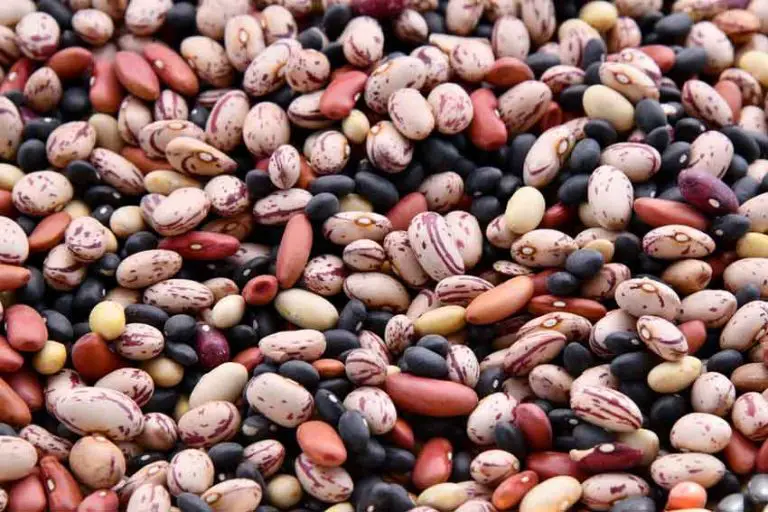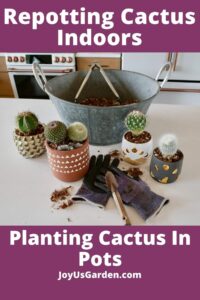For avid gardeners, the quality and viability of seeds are paramount. A common question arises, especially when it comes to seed preservation: Can seeds be frozen? This article delves deeply into the practice of freezing seeds, providing a comprehensive understanding of its benefits, potential risks, and best practices for gardeners seeking to prolong the life of their precious horticultural investments.
Understanding seed viability is essential. Seeds have a natural lifespan that can vary from a few months to several years, depending on their type and environmental factors. Unfortunately, many gardeners face challenges related to seed storage. This has led to the exploration of unconventional methods such as freezing. Freezing seeds can offer gardeners an innovative solution to extend the life of their seed stock, but it requires a meticulous approach.
Let us examine the multifaceted process of freezing seeds, from the rationale behind it to the specific techniques you should employ for optimal results.
What is Seed Viability?
Seed viability refers to the ability of a seed to germinate and produce a healthy plant. Factors influencing viability include seed age, moisture content, and storage conditions. Typically, seeds maintain their viability for a specific duration; however, storing them incorrectly can significantly diminish their effectiveness. Understanding this concept holds paramount importance for gardeners who want to maximize their planting potential.
Can Freezing Seeds Preserve Their Viability?
Freezing seeds can indeed prolong their lifespan, but it is not universally applicable to all types of seeds. There exists a delicate balance in the process, pivotal to ensuring that freezing does not compromise the seeds. Some seeds, particularly those with high moisture content, can suffer from cellular damage when frozen. In contrast, seeds that naturally contain less moisture—like beans, peas, and many perennials—may benefit from being frozen, potentially lasting for several decades when stored properly.
Advantages of Freezing Seeds
The primary advantage of freezing seeds lies in the extension of their viability. Certain seeds can remain dormant in a frozen state while retaining their capability to germinate when conditions become favorable. This method of preservation can be particularly advantageous for gardeners looking to store heirloom and rare varieties.
Additionally, freezing seeds offers protection against pests and diseases. Storing seeds in an environment devoid of pests can diminish the chances of infestations that often plague seeds stored at room temperature. When done correctly, freezing also minimizes the risk of seed deterioration caused by fluctuations in temperature and humidity.
Best Practices for Freezing Seeds
To ensure success in freezing seeds, several critical steps must be followed. First and foremost, seeds must be thoroughly dried before freezing. Ideally, seeds should be left to sit in a cool, dry environment for at least a week. Using silica gel packets can expedite this process by effectively absorbing any residual moisture.
After thorough drying, the next step involves packaging. Airtight containers or resealable freezer bags are ideal for this process. When using bags, it’s vital to remove as much air as possible to prevent moisture buildup and subsequent spoilage. Including a label with the seed variety and date of freezing is an essential step for future reference.
Temperature is another critical factor. Seeds should be stored in a freezer that maintains a consistent temperature. Fluctuations can compromise the viability of the seeds over time.
Thawing Seeds Properly
Proper thawing is equally important as freezing. When ready to use the frozen seeds, it is vital not to expose them to room temperature immediately. The recommended method is to allow seeds to acclimatize gradually by moving them from the freezer to the refrigerator first. This mitigates condensation that can occur when introducing cold seeds to a warmer environment. By allowing them to thaw in a controlled environment, you can help maintain their integrity.
Seeds That Should Not Be Frozen
While many seeds respond favorably to freezing, some do not fare well under such conditions. Seeds with high oil content, such as those from melons or tomatoes, are prone to deterioration when frozen. Additionally, seeds that are sold pre-treated or coated with fungicides can also suffer because the freezing process may alter their treatment properties. Therefore, it is imperative to research specific seed types before placing them in the freezer.
Alternative Seed Storage Methods
For those hesitant to freeze seeds, various alternative storage methods exist. A cool, dark, and dry environment is essential to maintaining seed longevity. A dedicated seed storage box with desiccants can help keep moisture at bay, while vacuum-sealed bags are also effective for long-term storage. It is crucial to monitor temperature and humidity regularly to optimize conditions.
Conclusion
Freezing seeds can be a beneficial technique for gardeners aiming to safeguard their seed stocks against time and deteriorating environmental factors. However, it requires a fundamental understanding of seed biology, as well as the appropriate practices for drying, packaging, and thawing. By following the outlined strategies, gardeners can confidently extend the viability of their seeds, ensuring that their gardens flourish season after season. Remember, not all seeds respond harmoniously to freezing, so due diligence is required to achieve the desired outcome. With knowledge and care, the practice of freezing seeds can be a crucial aspect of responsible gardening, allowing for a continuous cycle of growth and renewal.





Leave a Comment